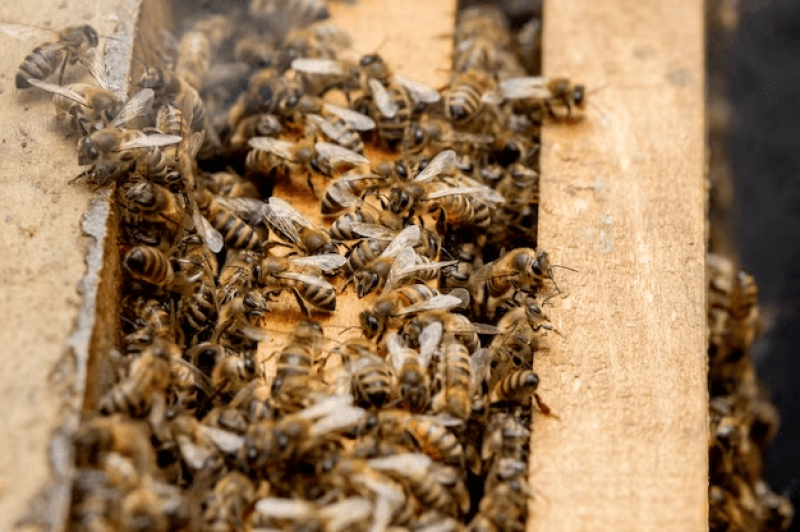After almost two decades of relentless colony collapse
We’ve added almost a million bee colonies in the past five years. We now have 3.8 million, the census shows. Since 2007, the first census after alarming bee die-offs began in 2006, the honeybee has been the fastest-growing livestock segment in the country! And that doesn’t count feral honeybees, which may outnumber their captive cousins several times over.

Sadly, however, this does not mean we’ve defeated colony collapse. One major citizen-science project found that beekeepers lost almost half of their colonies in the year ending in April 2023, the second-highest loss rate on record.
For now, we’re making up for it with aggressive management. The Texans told us that they were splitting their hives more often, replacing queens as often as every year and churning out bee colonies faster than the mites, fungi and diseases can take them down.































